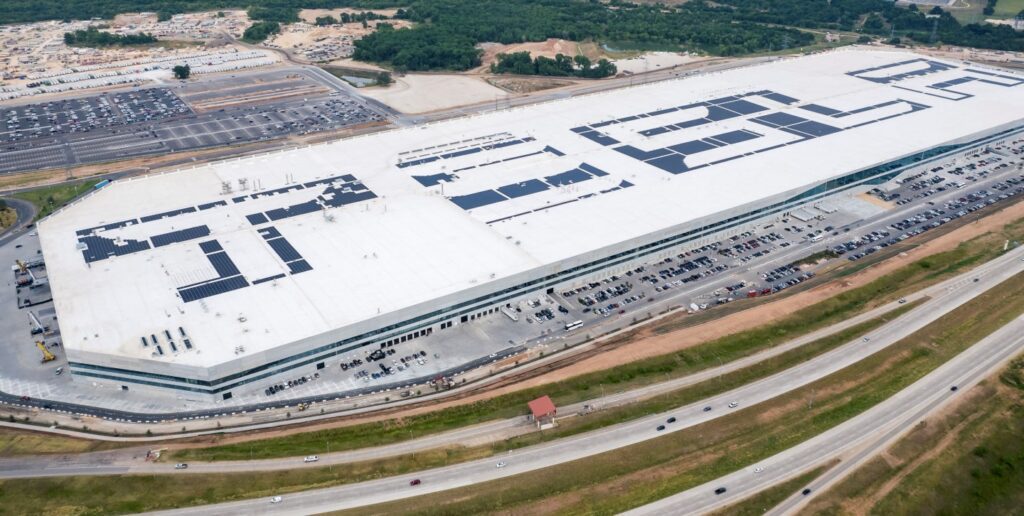In a call that sent ripples through the financial community, Tesla (NASDAQ: TSLA) CEO Elon Musk adopted a cautious tone as he addressed investors about the company’s Q3 2023 performance. The call, characterized by some as a “mini disaster,” left analysts reevaluating their outlook on the electric automaker’s stock.


Key Takeaways
Musk’s measured approach was a response to the uncertain macroeconomic conditions that loom on the horizon. He emphasized the potential impact of high-interest rates and the challenges posed by future projects. Short-term investors were cautioned about potential headwinds, but long-term proponents of Tesla’s growth story remained resolute in their optimism.
The CEO’s unwavering confidence in the company’s trajectory was underscored by his positive outlook on autonomy, artificial intelligence, and cell production. Despite acknowledging the rough waters ahead, Musk likened Tesla to an “incredibly capable ship” that would weather the storm.
Analysts’ Response
However, this realism from the typically bullish Musk prompted analysts to adjust their 12-month price targets on Tesla’s stock. The Street grappled with falling margins and ongoing price cuts on a global scale. Wedbush’s Dan Ives described the call as a “mini disaster,” emphasizing the challenges ahead for Cybertruck production.
Price Target Adjustments
Amidst the cautionary tone, there were bright spots. The Model Y showed promise, poised to become Tesla’s best-selling car in terms of revenue and unit value. Autopilot logged an impressive 500 million miles with Full Self-Driving beta, and energy storage figures were robust for the quarter. Moreover, Cybertruck enthusiasts received a date for the first deliveries: November 30.
Analysts, however, advise investors to proceed with caution. Tesl a, like any other player in the global market, is not immune to the challenges that lie ahead. Musk’s tempered tone during the call serves as a reminder of the uncertain terrain the automaker will navigate in the coming year and beyond.
Conclusion
Tesla’s Q3 2023 Earnings Call, marked by Elon Musk’s cautious outlook, reflects the company’s awareness of the challenges posed by evolving economic conditions. While long-term enthusiasts remain steadfast in their belief in Tesla’s growth potential, analysts have adjusted their short-term projections. The path ahead may be uncertain, but Tesla’s resilience as an industry leader remains a beacon of hope for investors.
ALSO READ :-
Toyota and Lexus Embrace Tesla NACS Standard for Enhanced EV Charging Access
SOURCE : TESLARATI
FAQs
What were the key takeaways from Tesla’s Q3 2023 Earnings Call?
Elon Musk’s cautious tone highlighted concerns about high-interest rates and future projects. Despite challenges, he expressed confidence in Tesla’s long-term growth, particularly in autonomy, AI, and cell production.
How did analysts respond to the call?
Analysts adjusted their 12-month price targets, with some describing the call as a “mini disaster.” They emphasized the challenges posed by falling margins, price cuts, and the uncertainties surrounding Cybertruck production.
Were there any positive highlights from the call?
Yes, there were positive aspects. The Model Y showed strong potential, poised to become Tesla’s best-selling car. Autopilot demonstrated impressive mileage with Full Self-Driving beta, and energy storage figures were robust. Additionally, a date was announced for the first Cybertruck deliveries: November 30.
Were there any positive highlights from Tesla’s Q3 2023 Earnings Call?
Yes, there were several positive indicators. The Model Y demonstrated strong potential, poised to become Tesla’s best-seller in terms of revenue and unit value. Additionally, Autopilot logged an impressive 500 million miles with Full Self-Driving beta, and energy storage figures remained robust for the quarter. Enthusiasts also received a concrete date for the first Cybertruck deliveries: November 30.
How did analysts respond to the call, and what adjustments did they make to their projections?
Analysts recalibrated their 12-month price targets, with some characterizing the call as a “mini disaster.” They emphasized challenges stemming from falling margins, price reductions, and uncertainties surrounding Cybertruck production.
